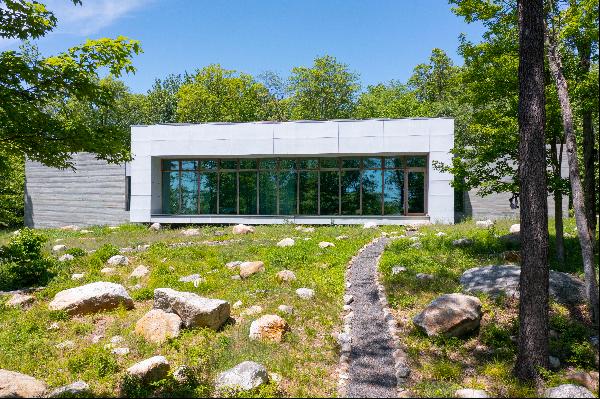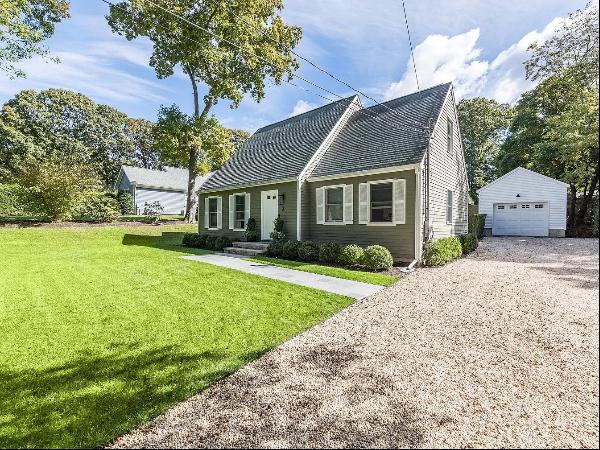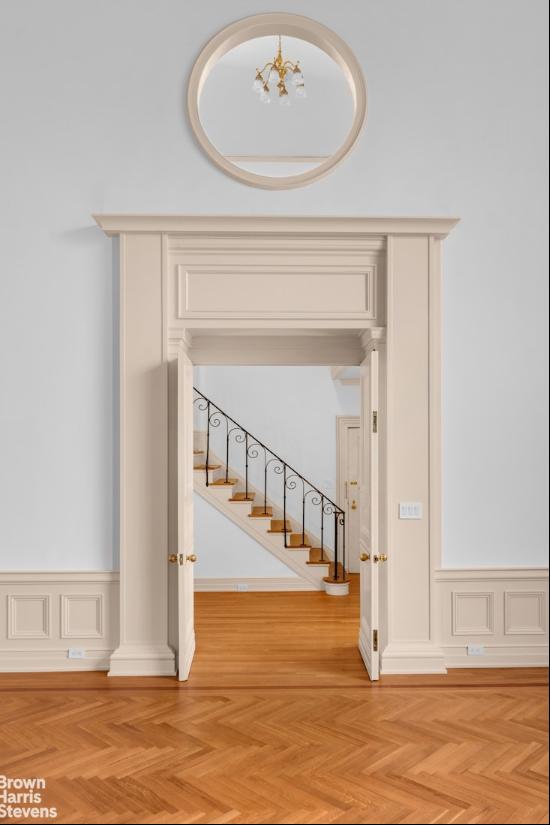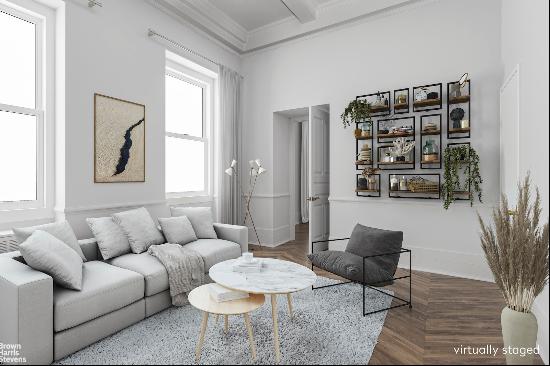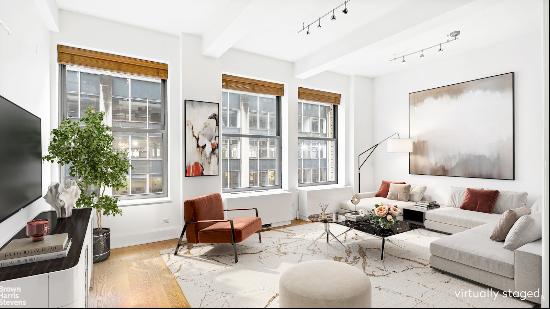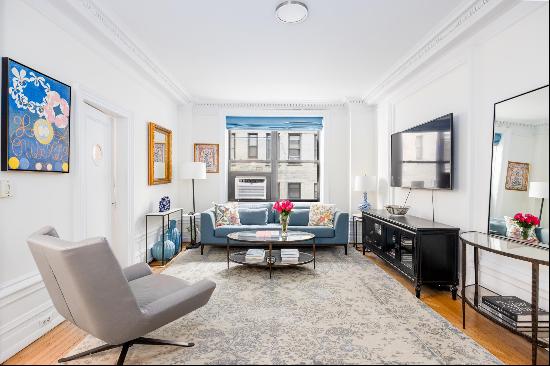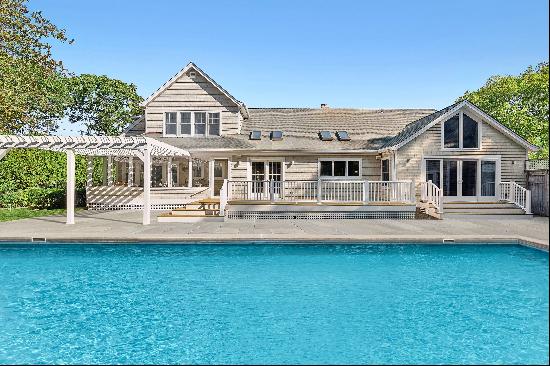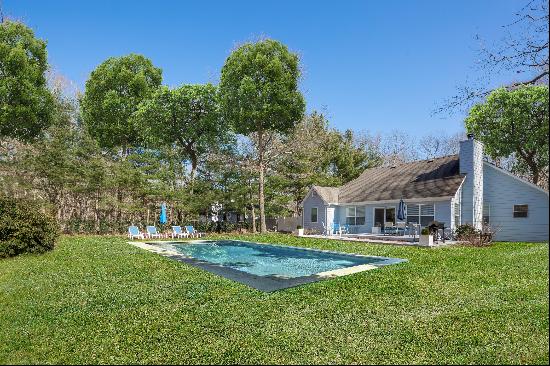
By Max Liu
Suburbia is calling, but not any old slice of it. My fantasy home would be a colonial style house in the fictional New York state suburb of Shady Hill, the setting for many of American writer John Cheever’s stories of the 1950s and ’60s. Here, days pass to the metronomic sound of tennis and evenings are ushered in with ice tumbling into cocktail glasses.
Cheever’s imagined suburb is, according to the narrator of “The Housebreaker of Shady Hill” (1956), “open to criticism by city planners, adventurers, and lyric poets”, all of whom would consider it stultifying. I have always been seduced by such places, in part because their promise of order is in stark contrast to the rugged coastline where I grew up in west Cornwall. It was so remote there that I felt isolated and inconsequential; Shady Hill, while peaceful and surrounded by lush countryside, is less than an hour by train from Manhattan.

My favourite Cheever story is “The Country Husband” (1954) in which narrator Francis Weed lives in a Dutch colonial style house, which I thought of when I came across this spacious four-bedroom home in Morristown, New Jersey, on the market for $775,000.
Weed describes his home as “larger than it appeared to be from the driveway . . . The largest part of the living room centered on a fireplace . . . The room was polished and tranquil, and from the windows that opened to the west there was some late-summer sunlight, brilliant and as clear as water.” I picture myself sitting in that room, reading in the sunlight on gentle Sunday afternoons, lighting the fire in winter.
Not that life is uneventful for Shady Hill residents. There is always some kind of drama unfolding, even as locals try to keep up appearances to maintain their coveted "social position", as Weed's wife Julia puts it.

Weed himself is almost killed in a plane crash, while in “The Five-Forty-Eight” (1954) a man is pursued back to Shady Hill on his commuter train and held up at gunpoint. “O Youth and Beauty” (1953) ends with a woman accidentally shooting her husband dead. Not for nothing was Cheever dubbed “the Chekhov of the suburbs” by one critic.
Cheever lived in his own Dutch Colonial home in Ossining, New York until his death in 1982. There has been a resurgence of interest in his fiction this century.
In the TV series Mad Men, the mid-century adman Don Draper, played by Jon Hamm (main picture, above), lives in Ossining — a deliberate nod to Cheever, the show’s creator Matthew Weiner has acknowledged. Eventually, Draper’s marriage fails and he moves from the family home to an apartment in the city, but the years in the clapboard house with black shutters and red front door, with his wife Betty and their children, are those of his prime.

I could recreate something similar, without the ennui and bickering ideally, in this 17th century colonial home complete with green shutters in Long Island. It has five bedrooms and is on the market for $1.9mn.
Like Draper, Cheever was scarred by a childhood of financial insecurity. He carried his demons to suburbia and tried to bury them. In his stories, the houses of Shady Hill are stages for, as one character says, “the pain and sweetness of life.” See you for cocktails on the terrace.
Photography: Alamy; Paul Hosefros/Archive Photos/Getty Images; Christie’s International Real Estate; Kevin Wohlers






